Home>Gardening & Outdoor>Landscaping Ideas>What Is Considered Grass-Fed Beef
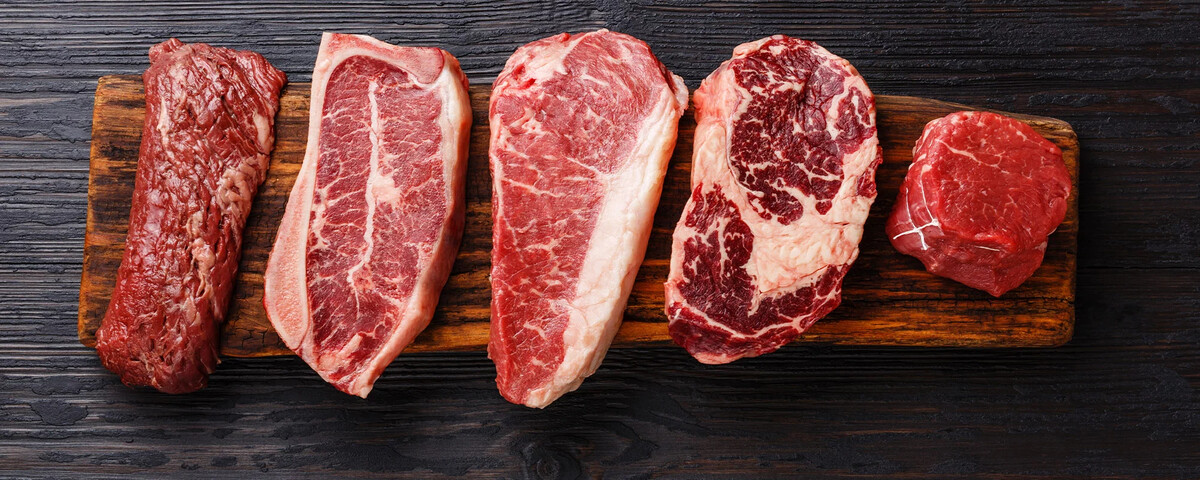

Landscaping Ideas
What Is Considered Grass-Fed Beef
Modified: September 2, 2024
Learn about what is considered grass-fed beef and why it's important for your health and the environment. Discover landscaping ideas for creating a sustainable and eco-friendly outdoor space.
(Many of the links in this article redirect to a specific reviewed product. Your purchase of these products through affiliate links helps to generate commission for Storables.com, at no extra cost. Learn more)
Introduction
Welcome to the world of grass-fed beef, where the essence of sustainable and ethical farming meets the art of culinary delight. In recent years, the term “grass-fed beef” has gained significant attention, often associated with a myriad of health and environmental benefits. This article aims to delve into the concept of grass-fed beef, exploring its definition, nutritional advantages, environmental impact, ethical considerations, and the complexities of labeling and certification. By the end of this journey, you will have a comprehensive understanding of what makes grass-fed beef a compelling choice for consumers seeking wholesome, nutritious, and conscientiously sourced meat.
Key Takeaways:
- Grass-fed beef comes from cattle that primarily graze on natural pasture, providing meat with higher levels of beneficial fatty acids, enhanced micronutrient content, and reduced saturated fat, making it a nutritious and flavorful choice for health-conscious consumers.
- Choosing grass-fed beef supports sustainable land management, reduces the carbon footprint, upholds ethical animal welfare, and preserves rural communities. Consumers can navigate the complex labeling and certification landscape to make informed, conscientious choices.
Read more: What Is Grass-Fed Beef
Definition of Grass-Fed Beef
Grass-fed beef refers to meat sourced from cattle that have primarily grazed on natural pasture, consuming a diet predominantly composed of grass and forage throughout their lives. Unlike conventionally raised cattle, which are often transitioned to grain-based diets in feedlots, grass-fed cattle roam freely in open pastures, feeding on a diverse range of grasses, legumes, and other indigenous plants.
The fundamental principle of grass-fed beef production lies in allowing cattle to follow their natural dietary inclinations, mimicking the feeding patterns of their ancestors. This approach contrasts with the prevalent practice of grain-finishing, where cattle are fed a diet heavily reliant on corn and soy in the final stages of their lives to expedite weight gain and marbling of the meat.
It’s important to note that while grass-fed beef is primarily grass-fed, the cattle may receive supplemental feed during harsh winters or in regions with limited access to grazing pastures. However, the core distinction remains that the bulk of their diet comes from grass and forage, aligning with the essence of traditional, pasture-based farming.
Grass-fed beef is often associated with a more natural and holistic approach to cattle rearing, emphasizing the symbiotic relationship between the animals, the land, and the ecosystem. This method of production is deeply rooted in sustainable agricultural practices, promoting biodiversity, soil health, and animal welfare.
Nutritional Benefits of Grass-Fed Beef
Grass-fed beef offers a spectrum of nutritional advantages that distinguish it from its grain-fed counterparts. The diet and lifestyle of grass-fed cattle contribute to the composition of the meat, resulting in a product that is not only flavorful but also rich in essential nutrients.
1. Higher Levels of Beneficial Fatty Acids: Grass-fed beef is renowned for its favorable fatty acid profile. It contains higher concentrations of omega-3 fatty acids, known for their anti-inflammatory properties and potential cardiovascular benefits. Additionally, grass-fed beef tends to have a lower ratio of omega-6 to omega-3 fatty acids, promoting a more balanced intake of these essential fats.
2. Enhanced Micronutrient Content: Compared to grain-fed beef, grass-fed varieties are often richer in key nutrients such as vitamin E, beta-carotene, and certain B vitamins. These micronutrients play pivotal roles in supporting overall health and bolstering the body’s antioxidant defenses.
3. Increased Conjugated Linoleic Acid (CLA) Levels: Grass-fed beef is a notable source of conjugated linoleic acid, a type of polyunsaturated fat linked to potential health benefits, including improved body composition and metabolic function.
4. Reduced Saturated Fat Content: While all beef contains saturated fat, grass-fed beef typically contains lower overall levels of saturated fats compared to grain-fed alternatives. This can be advantageous for individuals seeking to moderate their saturated fat intake while still enjoying the nutritional benefits of beef.
By embracing a diet centered on natural forage, grass-fed cattle yield meat that embodies a harmonious blend of essential nutrients, fostering a wholesome and nourishing culinary experience. These nutritional attributes have positioned grass-fed beef as a compelling choice for health-conscious consumers seeking to optimize their dietary intake while savoring the robust flavors of high-quality beef.
Look for beef labeled “100% grass-fed” to ensure the cattle were raised on a diet of grass and forage, without any grain finishing. This ensures a leaner, healthier meat with higher levels of omega-3 fatty acids.
Environmental and Ethical Considerations
Embracing grass-fed beef extends beyond the realm of nutrition, transcending into the domains of environmental sustainability and ethical husbandry practices. The production of grass-fed beef aligns with principles that prioritize the well-being of the land, the animals, and the broader ecosystem.
1. Sustainable Land Management: Grazing cattle on natural pastures can contribute to the preservation and restoration of ecosystems. When managed thoughtfully, grazing animals can play a role in enhancing soil fertility, promoting biodiversity, and mitigating the risk of soil erosion. By integrating cattle into regenerative agricultural systems, grass-fed beef production can be a catalyst for sustainable land stewardship.
2. Reduced Carbon Footprint: Compared to intensive feedlot operations, grass-fed beef production often entails lower greenhouse gas emissions. The utilization of natural forage as the primary feed source can minimize the reliance on resource-intensive grain cultivation and the associated carbon footprint, contributing to a more environmentally friendly approach to meat production.
3. Ethical Animal Welfare: The emphasis on allowing cattle to graze on open pastures reflects a commitment to upholding ethical standards of animal welfare. Grass-fed beef production advocates for providing cattle with ample space to exhibit natural behaviors, fostering a more humane and respectful approach to livestock rearing.
4. Preservation of Rural Communities: Supporting grass-fed beef production can also contribute to the vitality of rural communities. By fostering a market for sustainably raised, pasture-grazed beef, consumers can play a role in sustaining traditional farming practices and bolstering the economic resilience of rural agricultural regions.
By choosing grass-fed beef, consumers can align their dietary preferences with values that prioritize environmental stewardship, animal welfare, and the preservation of rural landscapes. This conscientious approach to meat consumption reflects a broader commitment to sustainable living and ethical sourcing, resonating with individuals who seek to make mindful choices that resonate with their values and beliefs.
Labeling and Certification
As the demand for grass-fed beef continues to grow, the landscape of labeling and certification has become increasingly complex, often presenting consumers with a myriad of designations and claims. Navigating the realm of grass-fed beef labeling requires an understanding of the various certification standards and the implications they hold for the sourcing and production of beef.
1. USDA Grass-Fed Label: The United States Department of Agriculture (USDA) offers a voluntary grass-fed certification program, providing producers with the opportunity to label their beef as “USDA Certified Grass-Fed.” This designation signifies that the animals have been exclusively fed a grass and forage diet, with no grain supplementation, throughout their lives. Producers adhering to this standard must comply with stringent requirements to maintain the integrity of the label.
2. Third-Party Certifications: In addition to the USDA certification, various third-party organizations offer their own grass-fed certification programs, each with distinct criteria and auditing processes. These certifications may encompass additional factors such as animal welfare standards, environmental practices, and local sourcing, providing consumers with a more comprehensive view of the beef’s production journey.
3. Understanding Labels and Claims: It’s essential for consumers to scrutinize grass-fed beef labels and claims, as not all designations carry the same weight in terms of the animals’ diet and living conditions. Phrases such as “grass-finished,” “pasture-raised,” and “grain-free” may convey varying degrees of adherence to grass-fed principles, necessitating a discerning eye when evaluating product labels.
4. Transparency and Traceability: When selecting grass-fed beef, consumers are increasingly seeking transparency and traceability in the sourcing of their meat. Producers and retailers that prioritize clear communication regarding their farming practices and supply chain can instill confidence in consumers, fostering a sense of trust and accountability in the meat purchasing process.
By familiarizing themselves with the nuances of grass-fed beef labeling and certification, consumers can make informed choices that align with their preferences for sustainable, ethically sourced meat. The presence of robust certification standards and transparent labeling practices empowers consumers to support producers who uphold the principles of grass-fed beef production, reinforcing a market that values integrity, quality, and conscientious farming practices.
Conclusion
Embarking on a journey through the realm of grass-fed beef reveals a tapestry of interconnected elements, intertwining the realms of nutrition, sustainability, ethics, and transparency. The allure of grass-fed beef transcends its role as a culinary indulgence, encompassing a narrative of conscientious farming practices, environmental stewardship, and holistic nourishment.
As consumers, embracing grass-fed beef entails a commitment to supporting agricultural systems that prioritize the well-being of animals, the land, and the communities that nurture them. It symbolizes a conscious choice to align dietary preferences with values rooted in sustainability, ethical husbandry, and a reverence for the natural rhythms of the earth.
By savoring the flavors of grass-fed beef, individuals partake in a narrative that celebrates the harmonious interplay between the land and its inhabitants, honoring the heritage of traditional farming practices while embracing the imperatives of a modern, mindful food system.
As the demand for grass-fed beef continues to burgeon, the discourse surrounding its production, labeling, and consumption evolves, offering a spectrum of opportunities for consumers to engage with the narrative of sustainable, ethical meat sourcing. This journey is not merely about savoring a steak or relishing a burger; it is an invitation to participate in a movement that champions the principles of holistic living, mindful consumption, and the enduring vitality of the landscapes that sustain us.
In the tapestry of modern gastronomy, grass-fed beef emerges as a vibrant thread, weaving together the threads of nutrition, sustainability, ethics, and transparency, inviting all who partake to savor not just the flavors, but the stories and values that enrich each bite.
Frequently Asked Questions about What Is Considered Grass-Fed Beef
Was this page helpful?
At Storables.com, we guarantee accurate and reliable information. Our content, validated by Expert Board Contributors, is crafted following stringent Editorial Policies. We're committed to providing you with well-researched, expert-backed insights for all your informational needs.
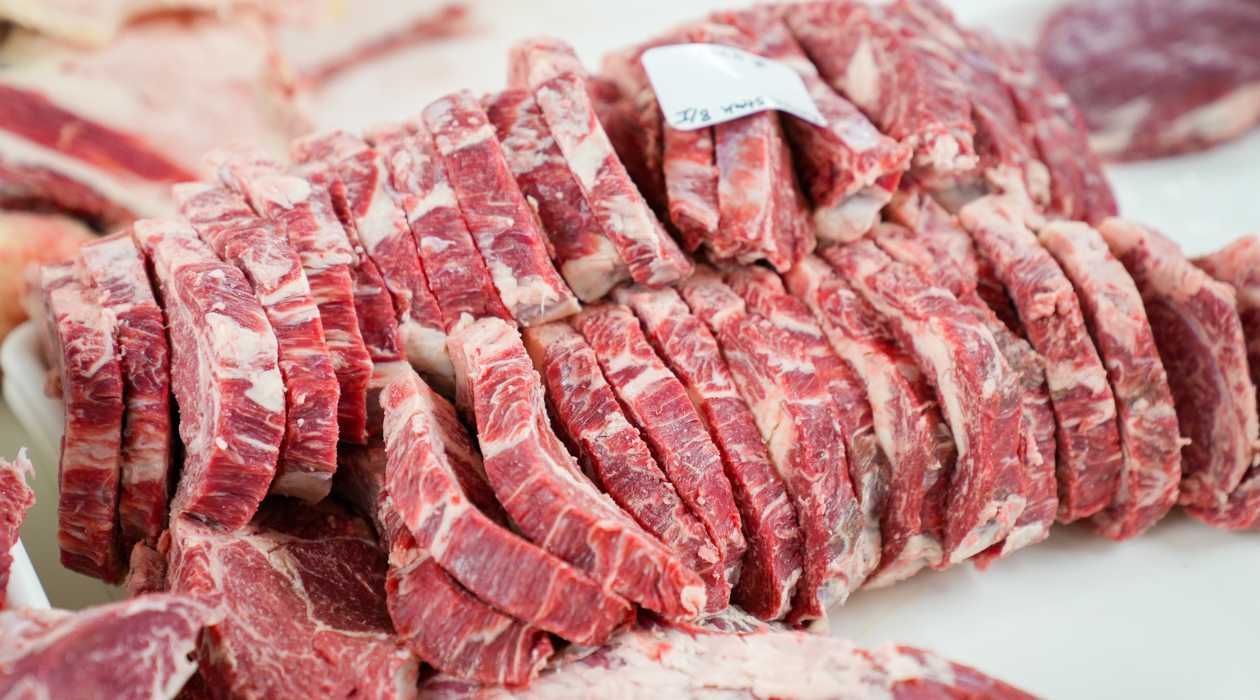
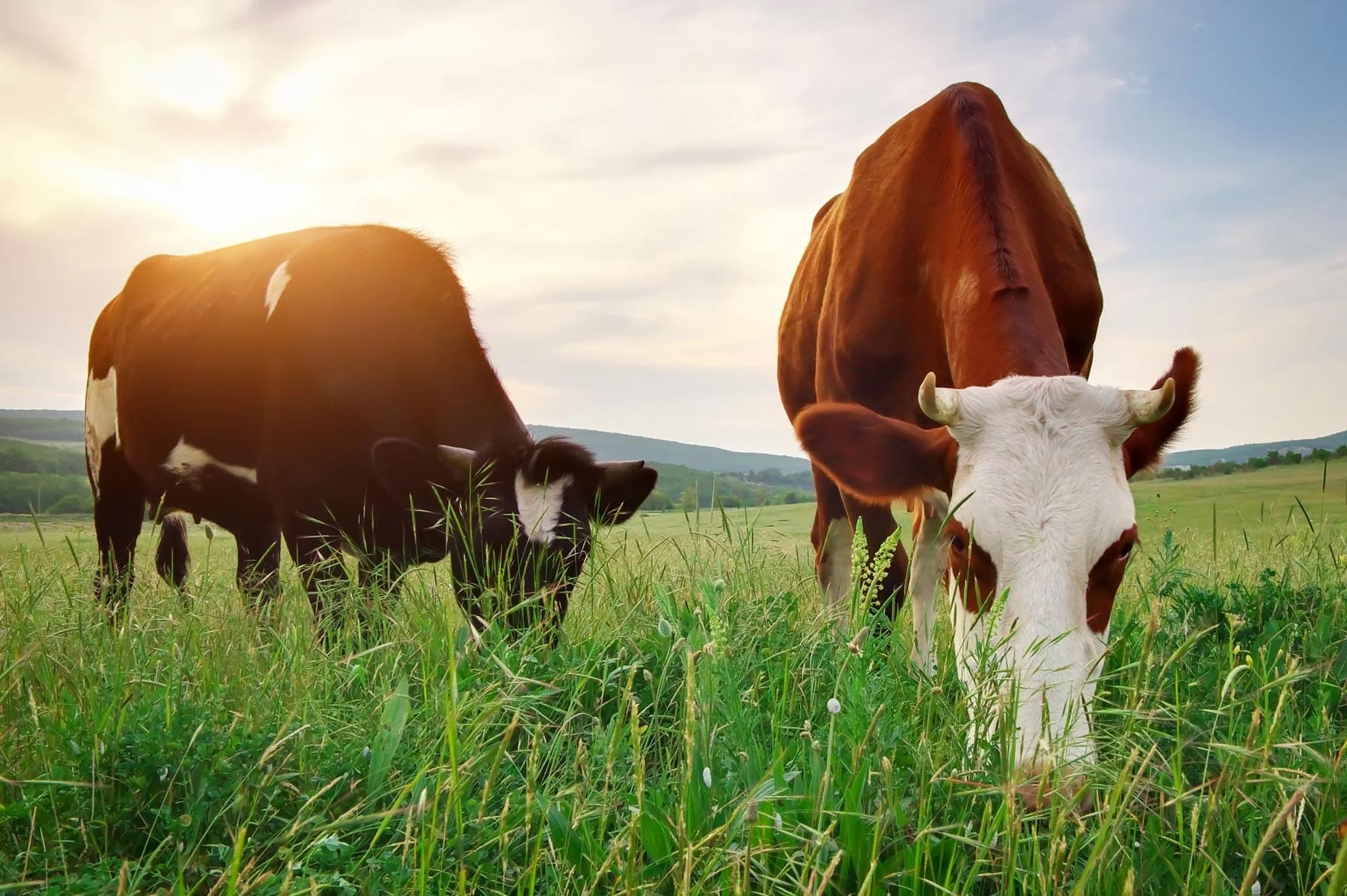
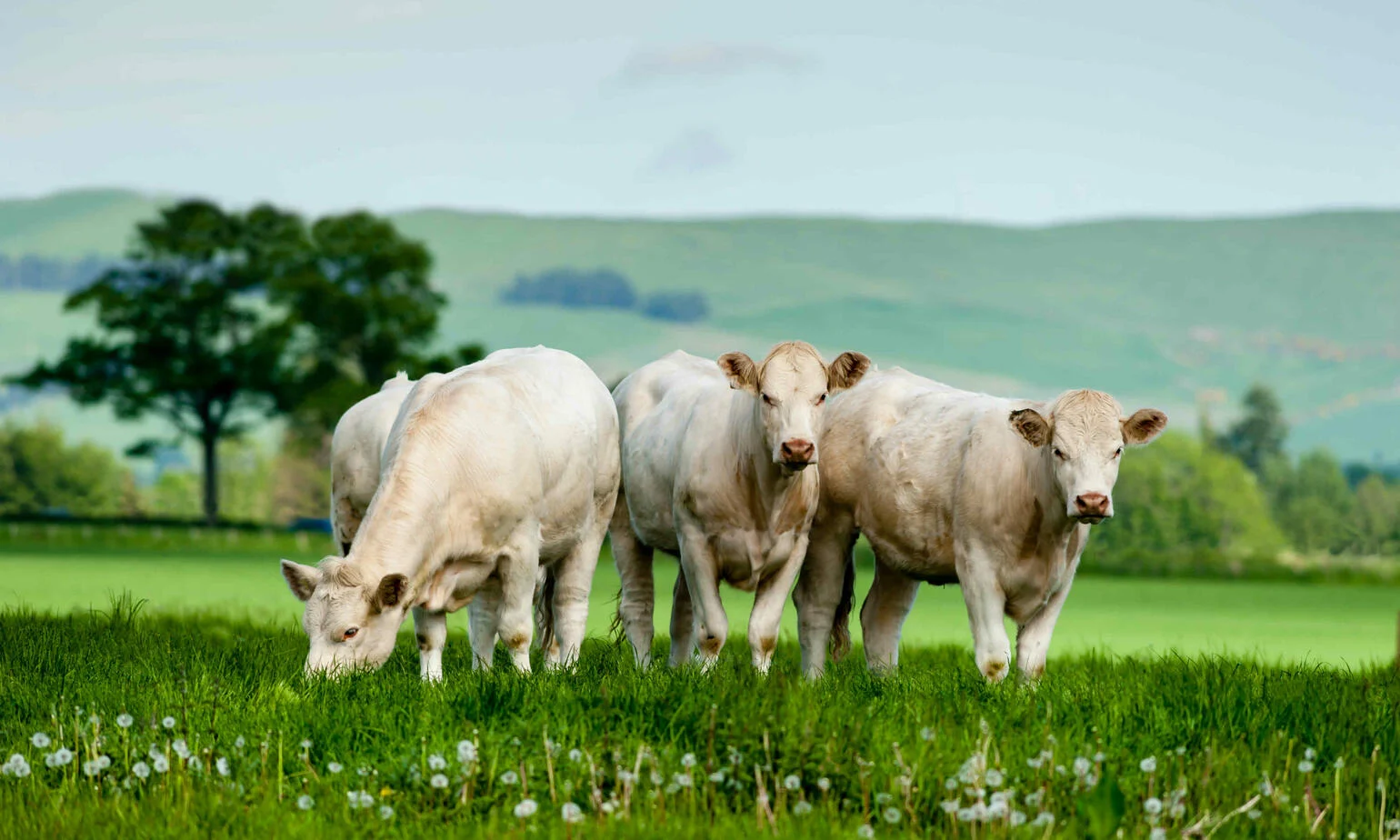

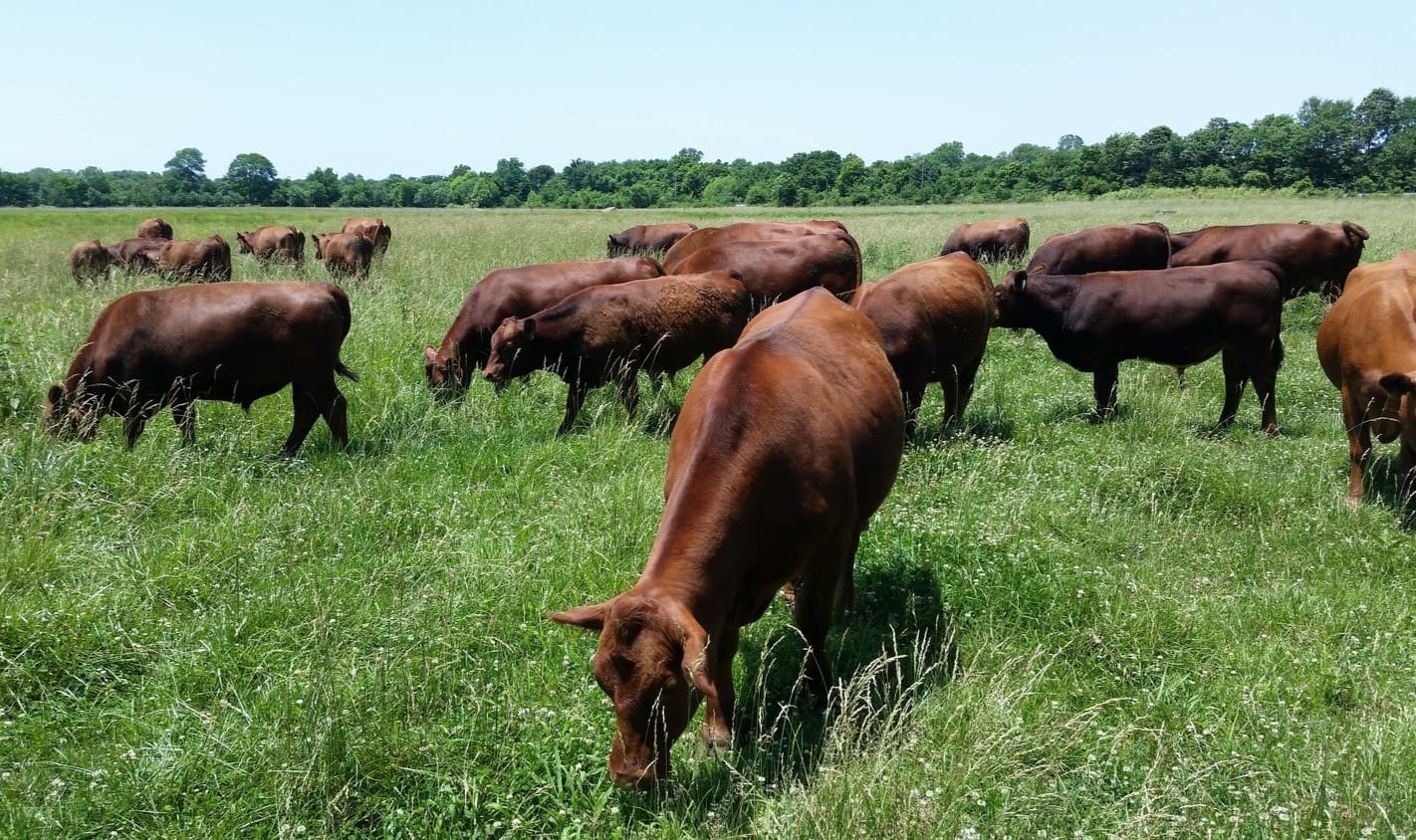
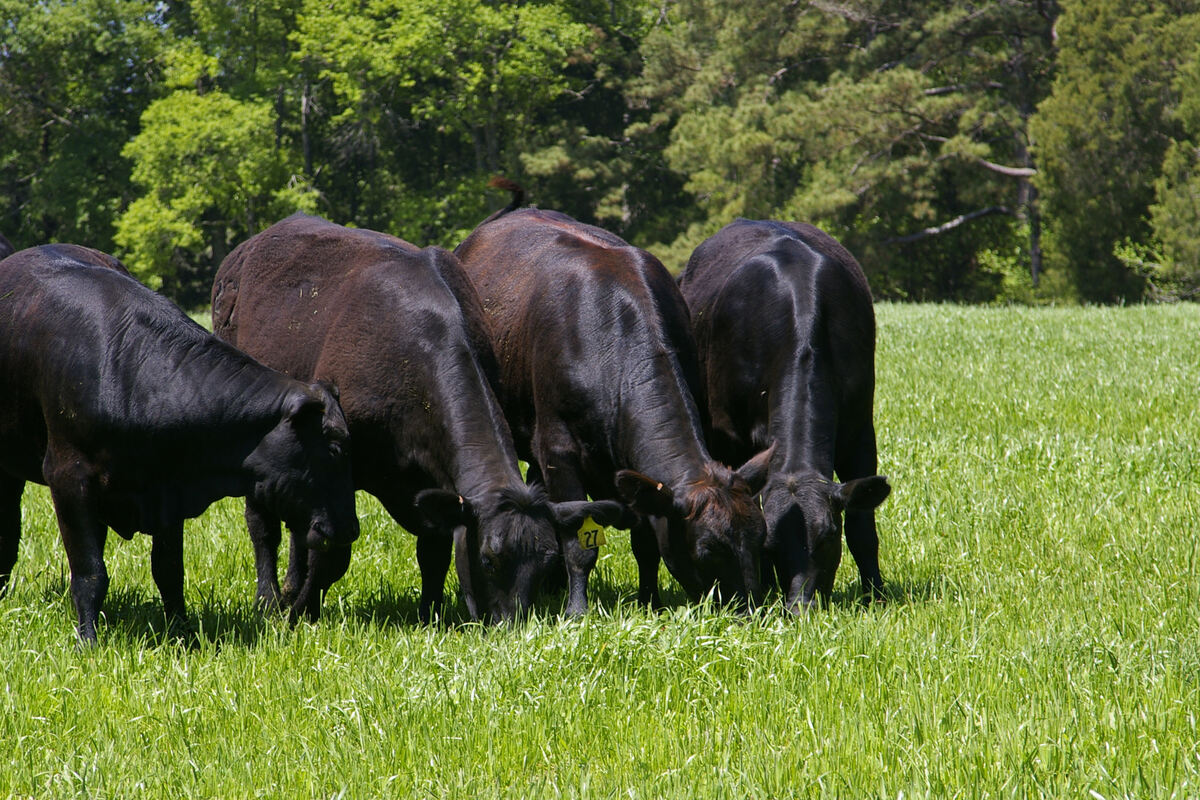
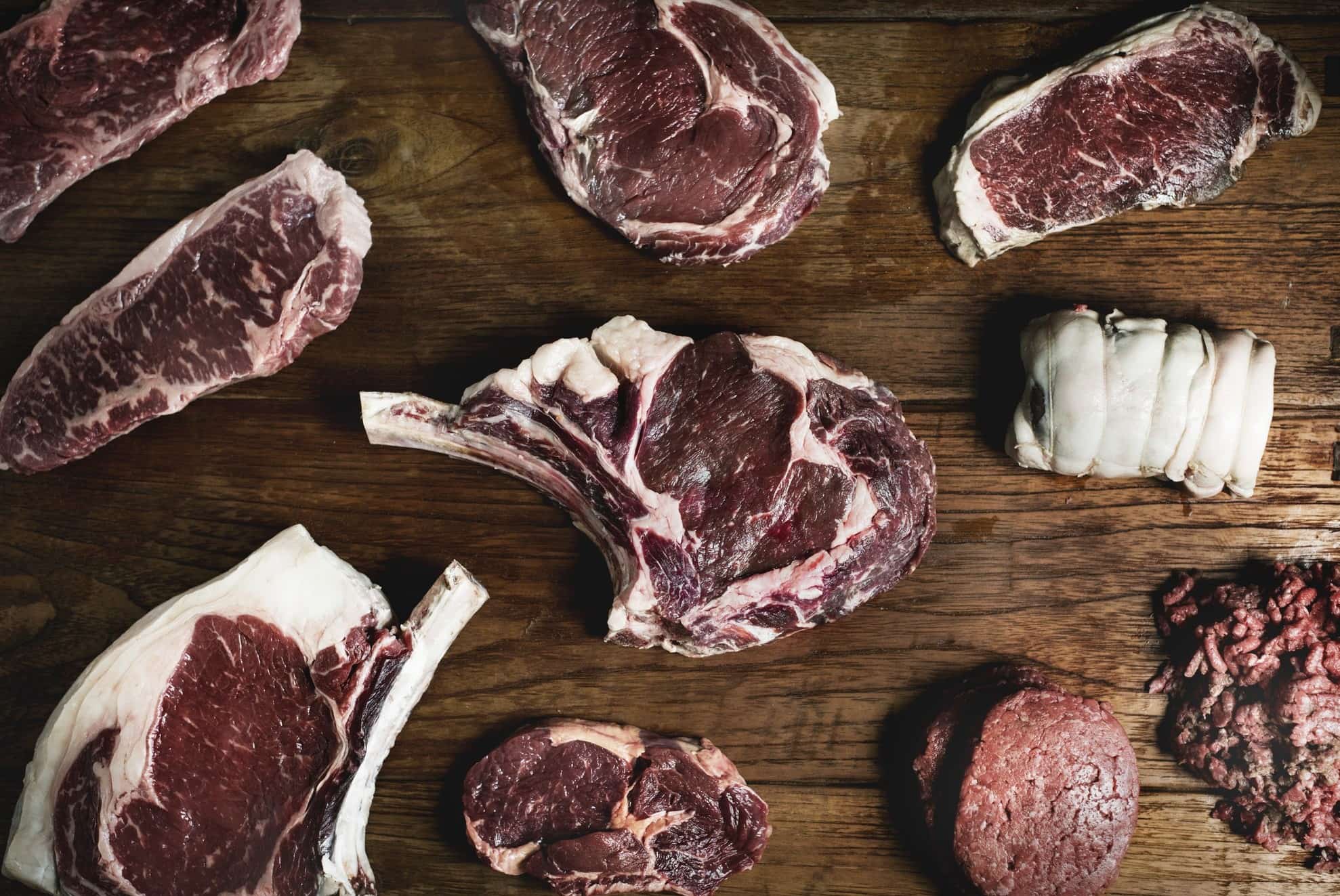
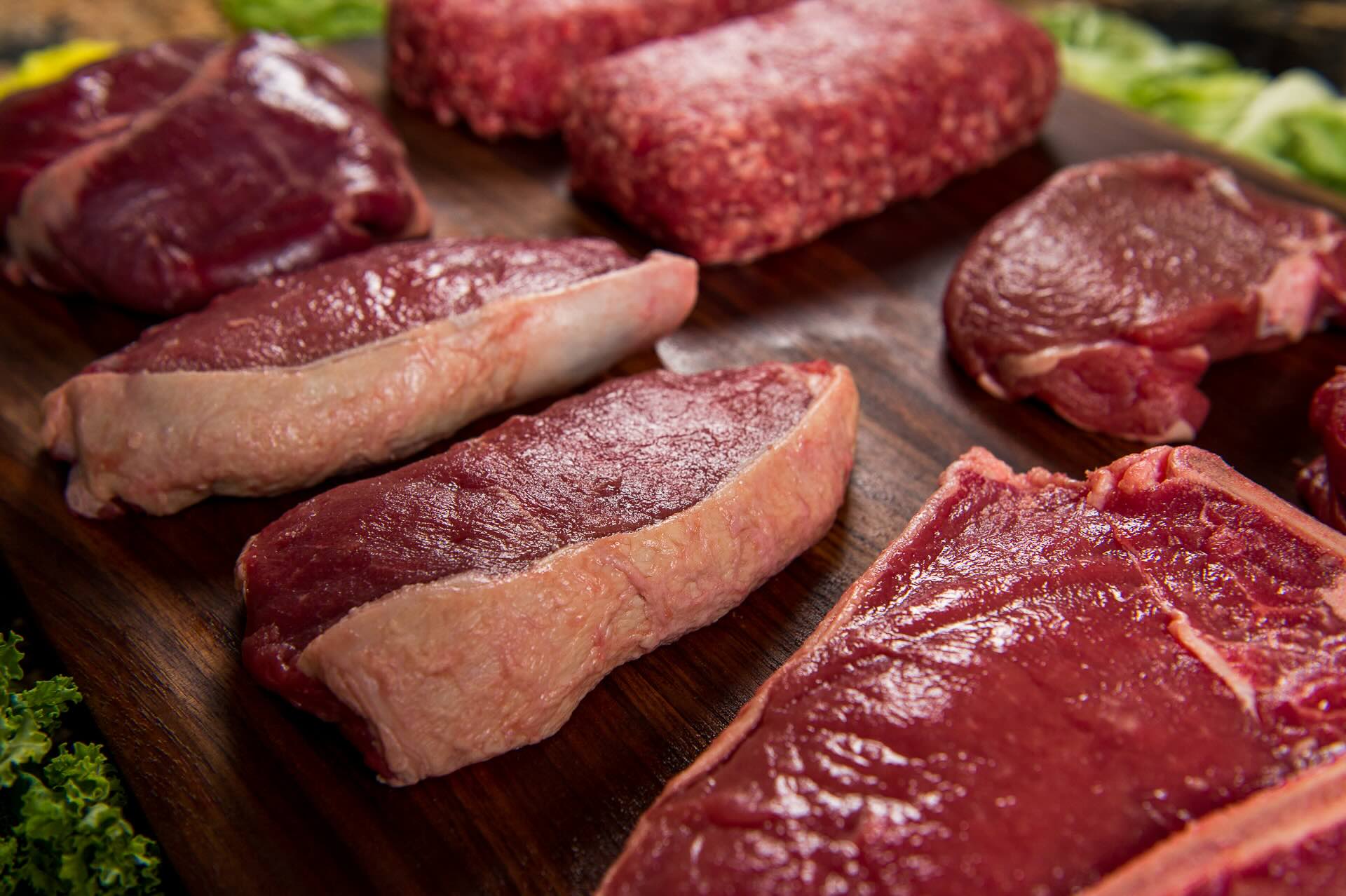
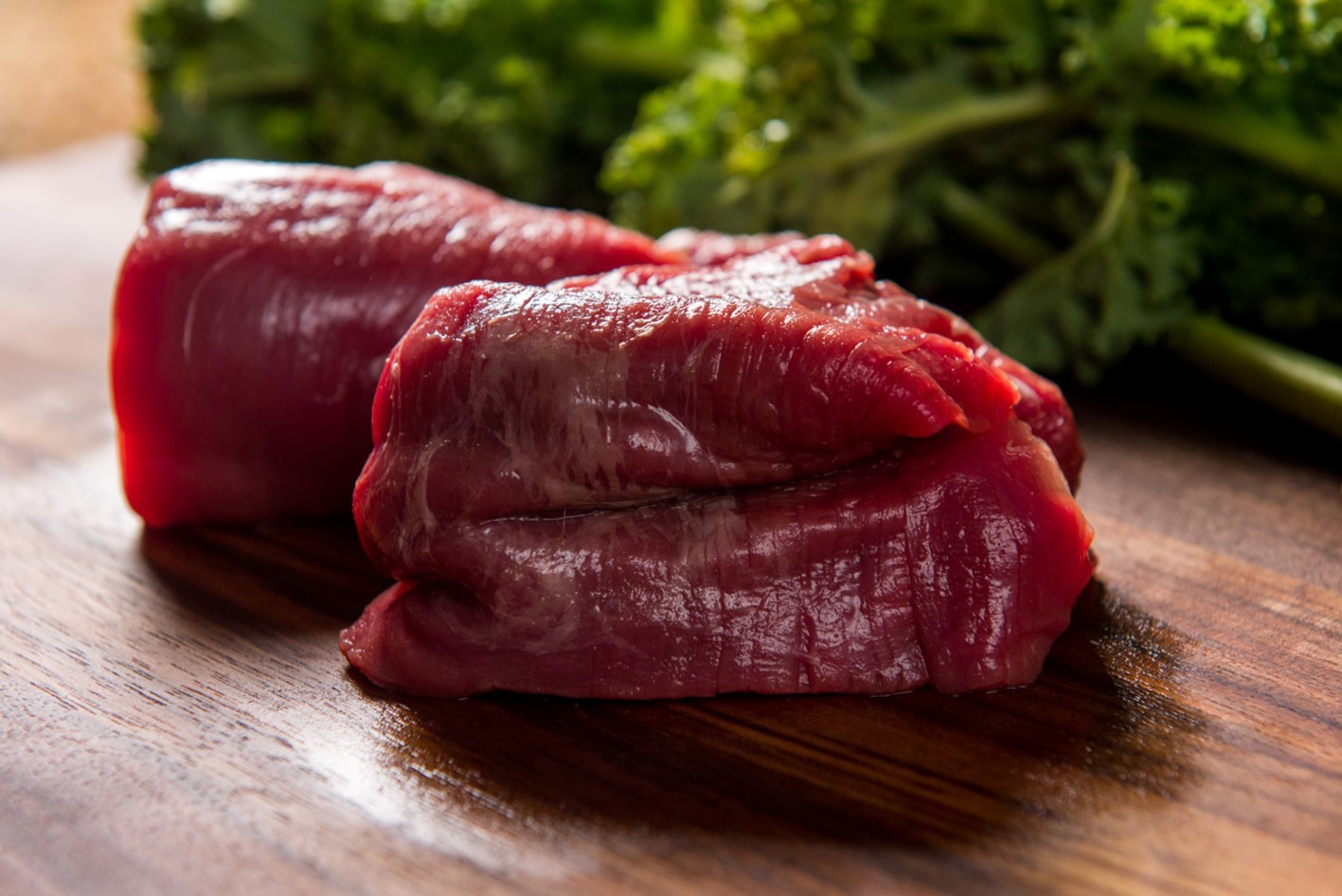


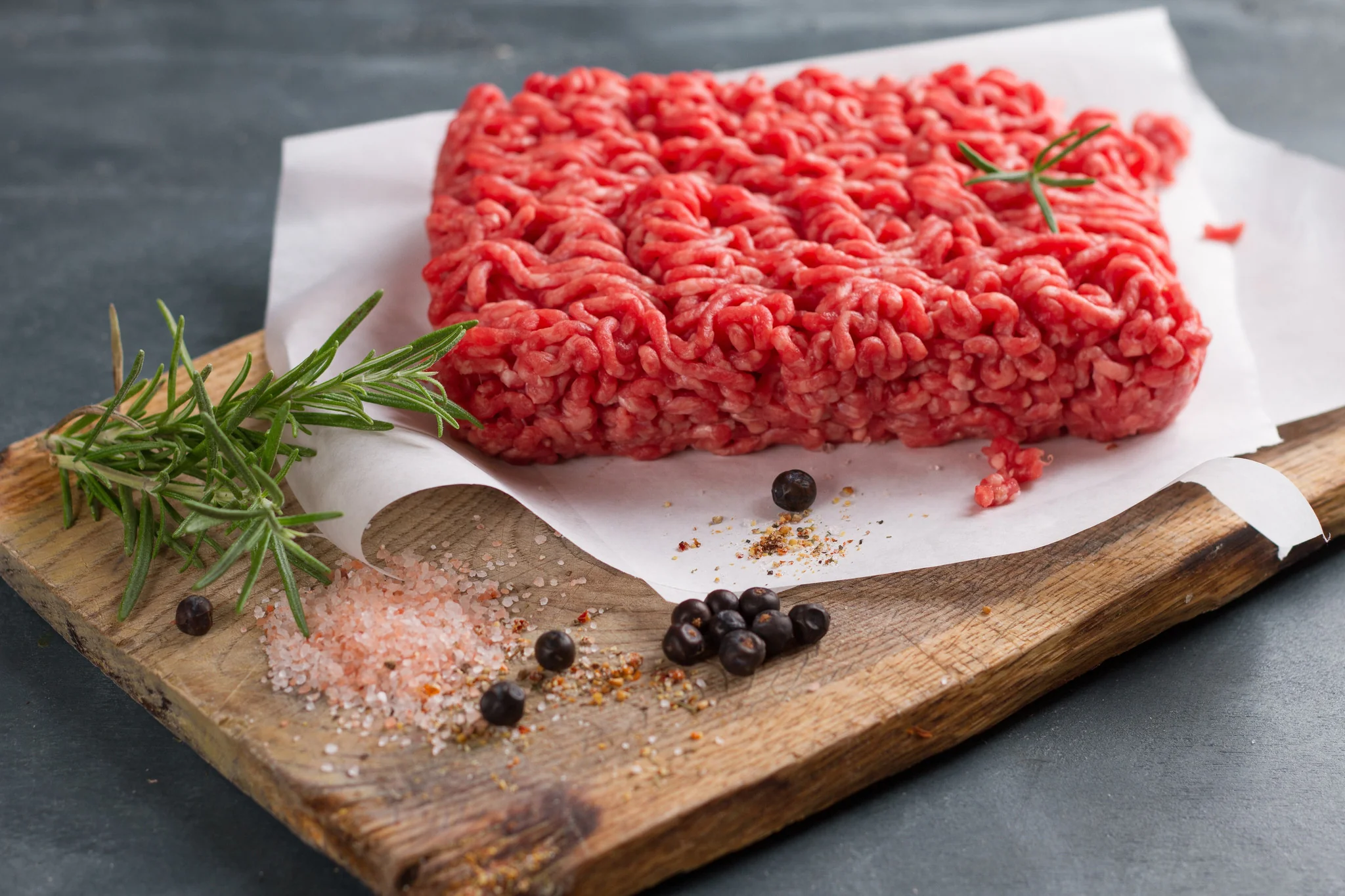
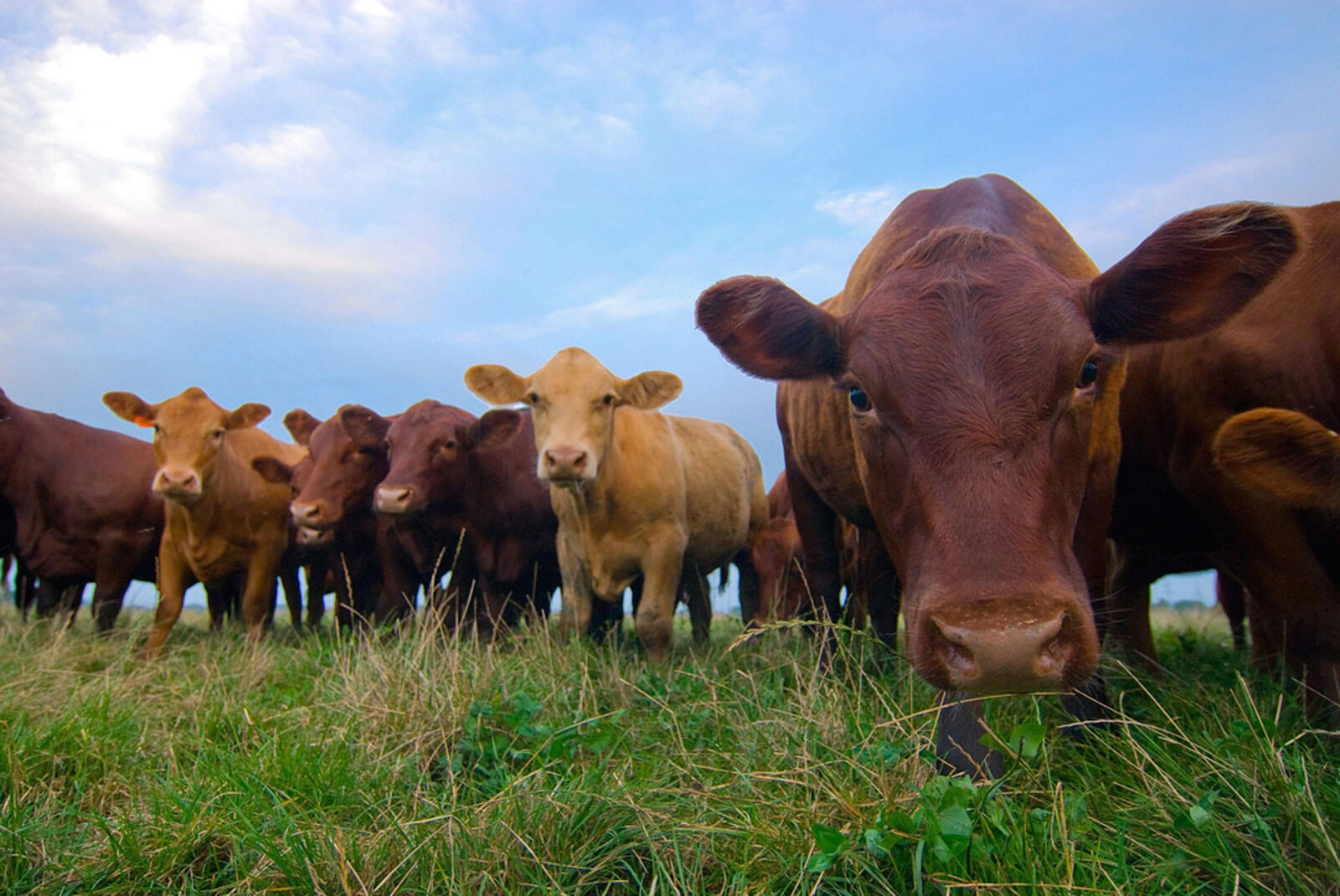
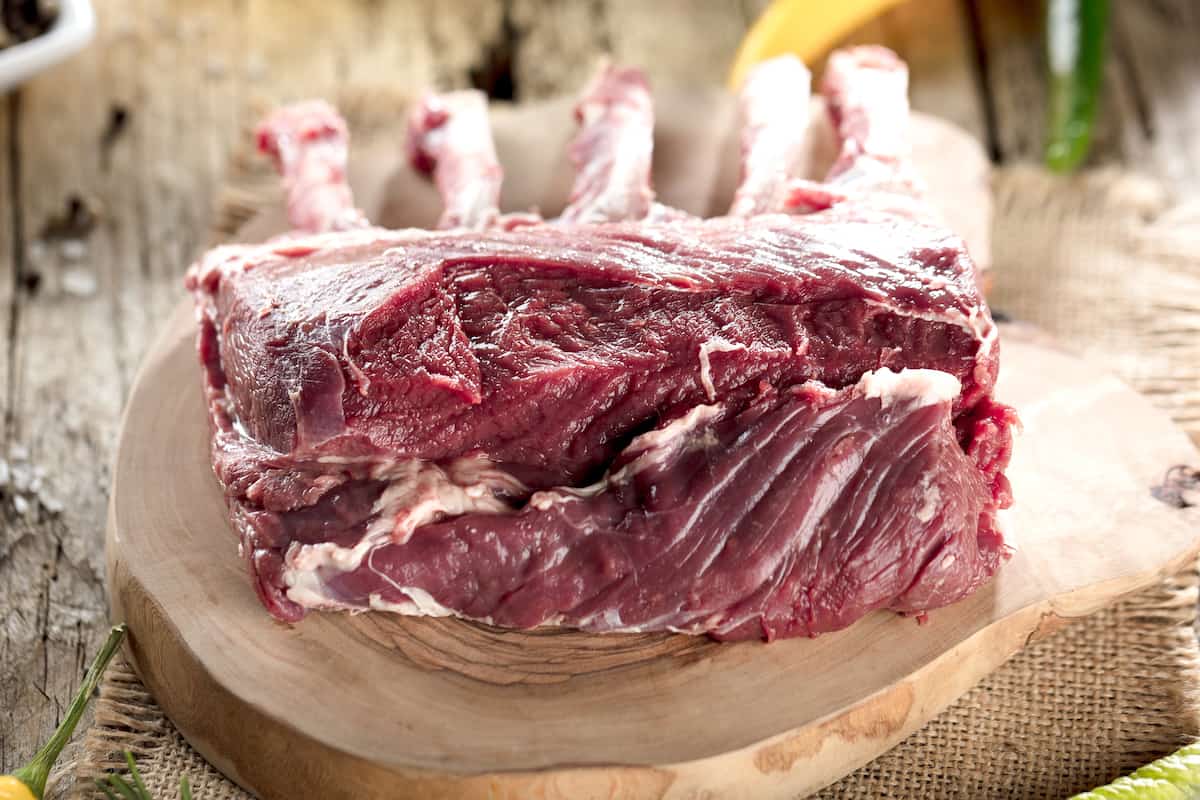

0 thoughts on “What Is Considered Grass-Fed Beef”